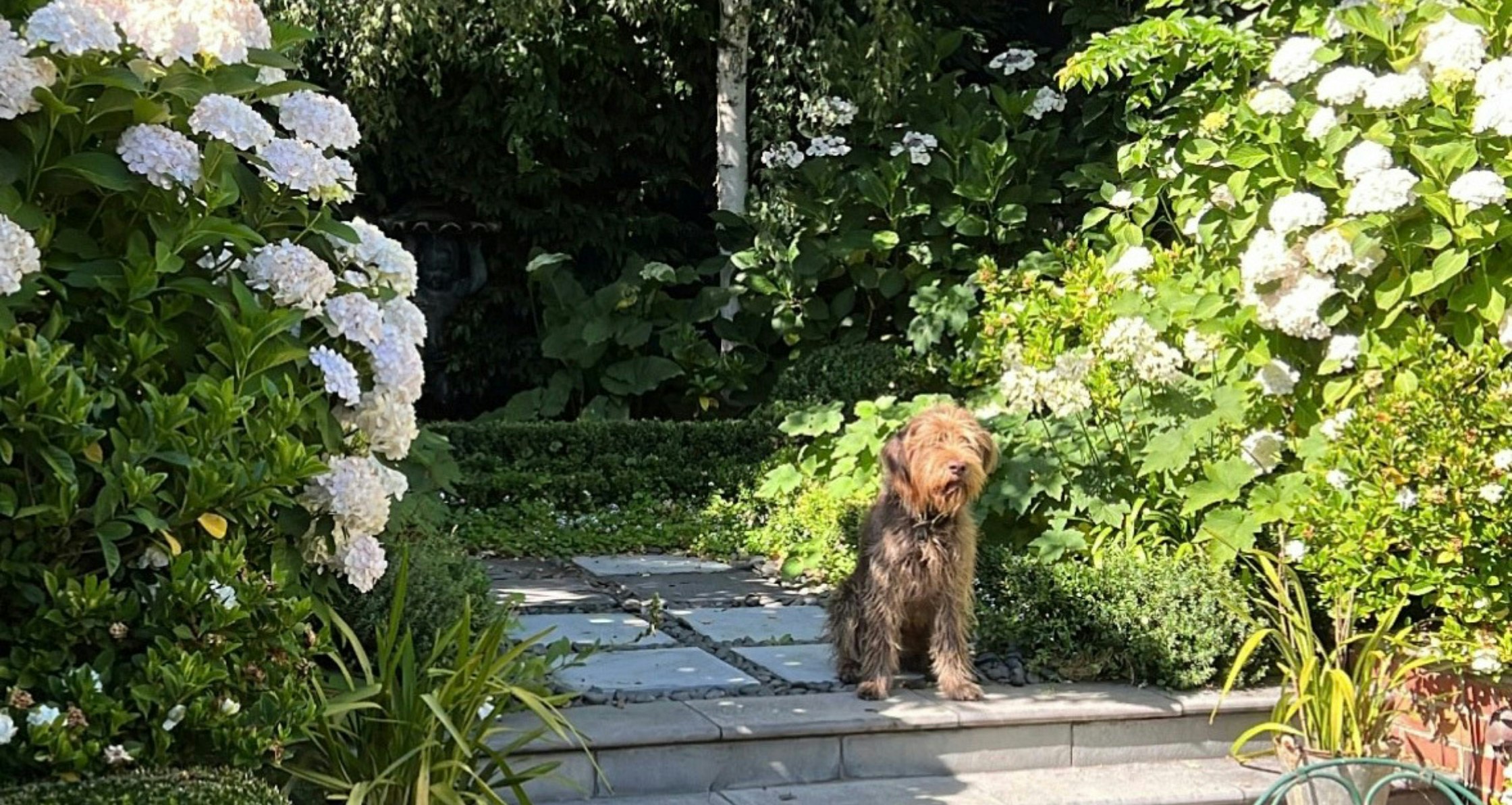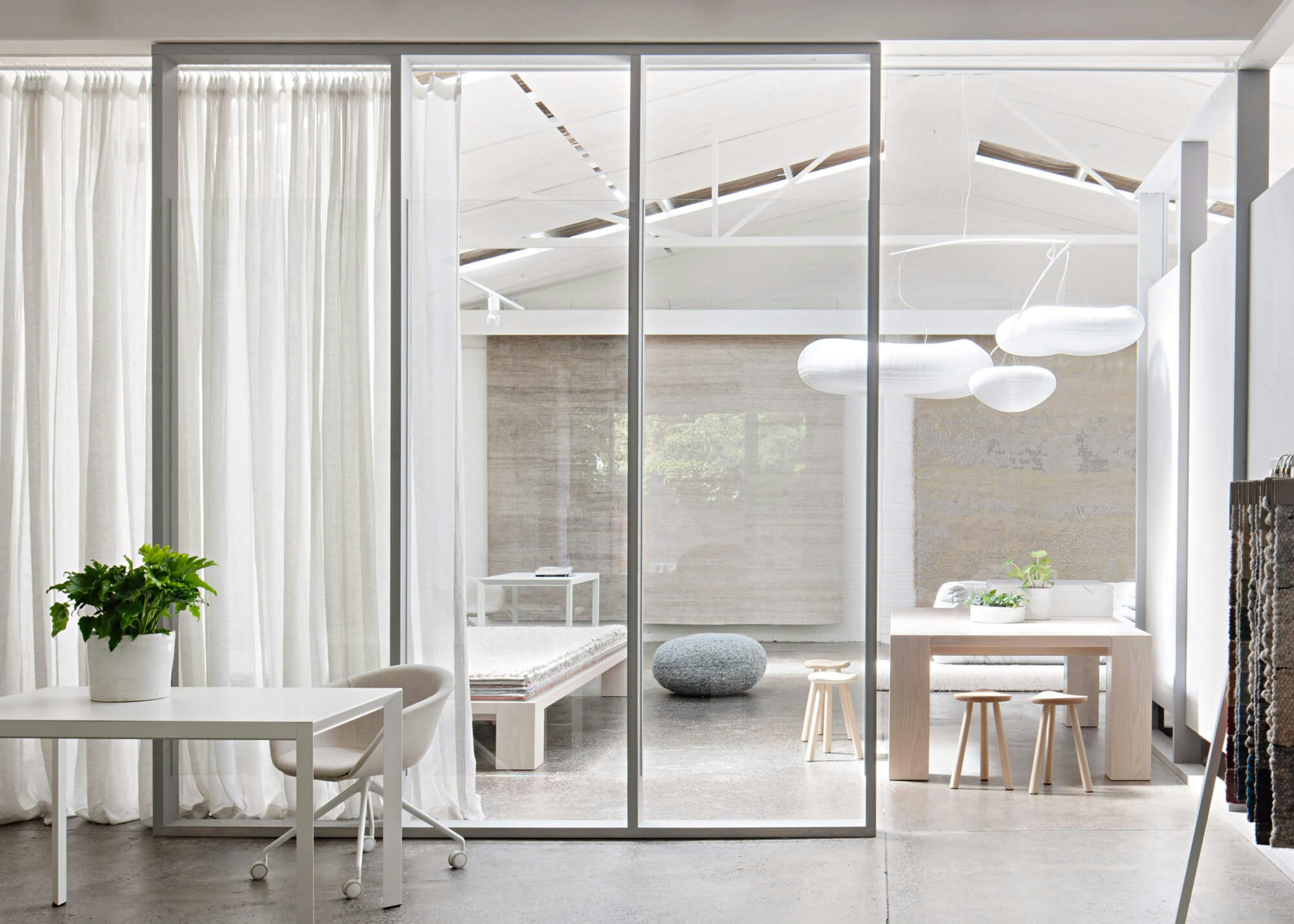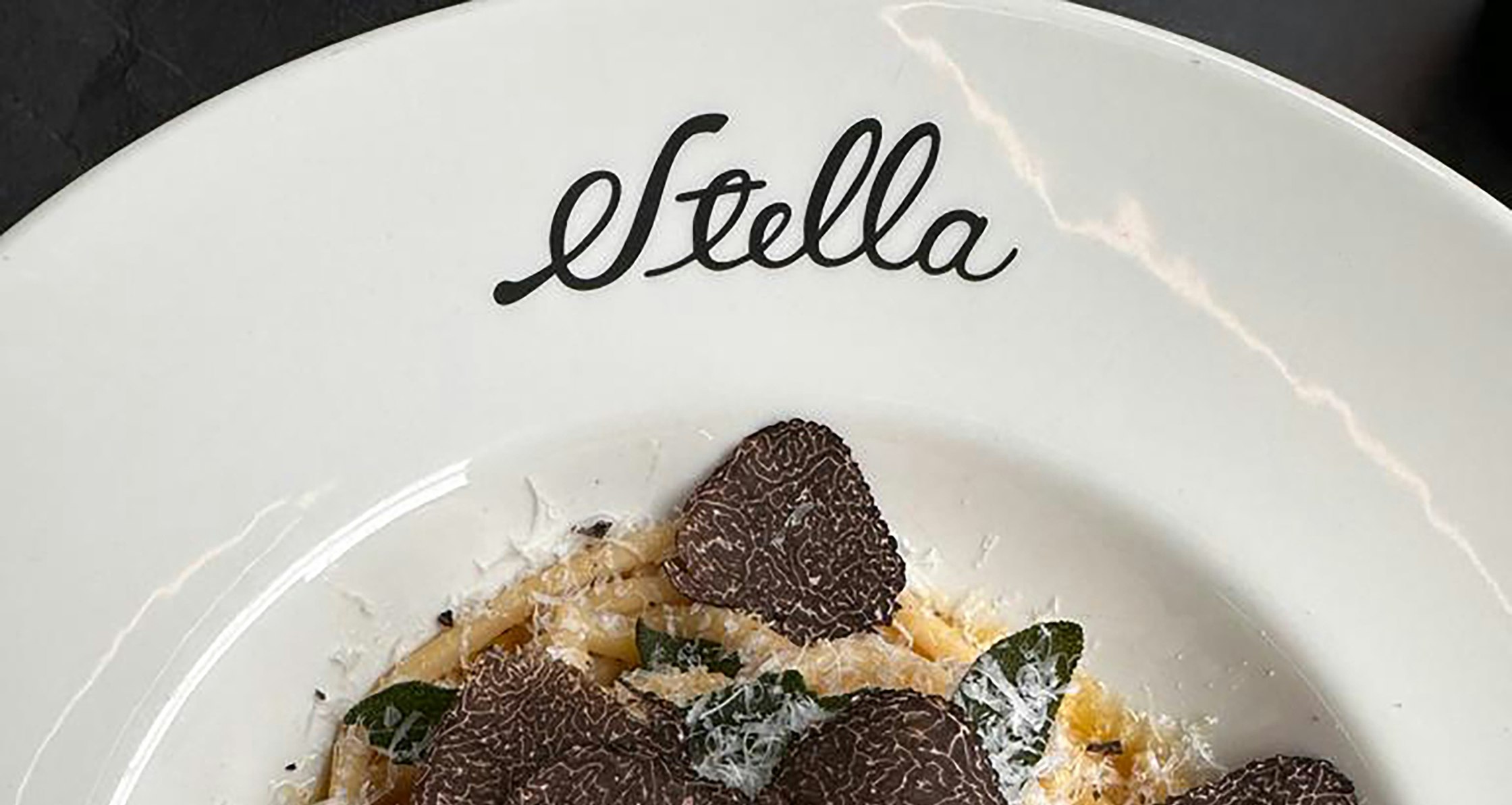Are there any technological innovations you’re excited about in the world of horticulture?
The world of organic products has expanded significantly, with many companies now emphasising green and planet-friendly approaches. New, smaller brands are stepping up, offering more
environmentally friendly options for garden care. The products we use today in our gardens, like bug sprays and plant treatments, are much gentler on the environment than older versions. I recommend researching online for these green choices instead of just going with the usual big brands. This not only helps the planet but makes for a healthier garden.
On top of this, there have been great advancements in how we water our gardens. New systems are easy to use and can be set up for any garden size, ensuring plants get the right amount of water all year round. Using these modern methods helps keep gardens lush and sustainable.
With the impacts of climate change, which plants do you see becoming more important for sustainable and resilient gardens in the future?
Starting from the ground up is essential. To make sure your garden can handle the changing weather conditions, it’s important to keep the soil healthy. This means adding organic matter, watering appropriately and mulching to retain moisture. Before you even think about which plants to add, focus on getting the soil ready.
It’s also vital to choose plants that suit your soil and the amount of sunlight they’ll receive.
Even though it’s tempting to quickly fill your garden with new plants, it’s best to wait. Spend time making the soil better first, so your plants can thrive from the start.
What guidance would you offer homeowners seeking landscapers for a total garden transformation?
Gardens are deeply personal, and each homeowner has their own vision. For a landscaper, understanding and connecting with this vision is key. It’s all about good communication, trust, and working together to bring that vision to life.
We start with a simple hand-drawn map, showing where we might place different plants. This is one of my favourite parts of the design process, offering a glimpse into our design vision.
Next, we fine-tune our ideas, creating a detailed plan for how the garden will develop. We provide a clear task list and a solid quote to make sure everyone’s on the same page before any ground-breaking.
Another favourite part of the process is placing day, when we place the plants in their new spots. It’s amazing to see the garden start to take shape and share that excitement with the client.
Where do you see the field of horticulture heading in the next decade, given the rapid pace of urbanisation?
There is an ever-increasing emphasis on the entertainment space of gardens these days. While “low maintenance” gardens are sought after, this doesn’t mean that they need to be simple or boring. Much like a well-designed kitchen can elevate a home’s appeal, a beautifully landscaped garden can significantly increase a property’s value.
No matter the garden’s size, there’s always potential for transformation. As urban spaces expand and traditional gardens become scarcer, our role as designers is to innovate. Even in limited spaces, we’re challenged to create lush, green sanctuaries that meet the desires of homeowners.





